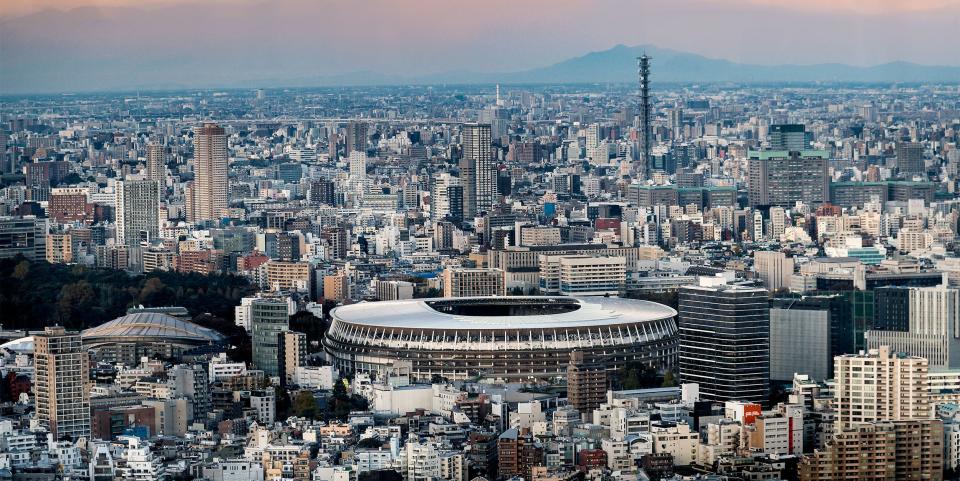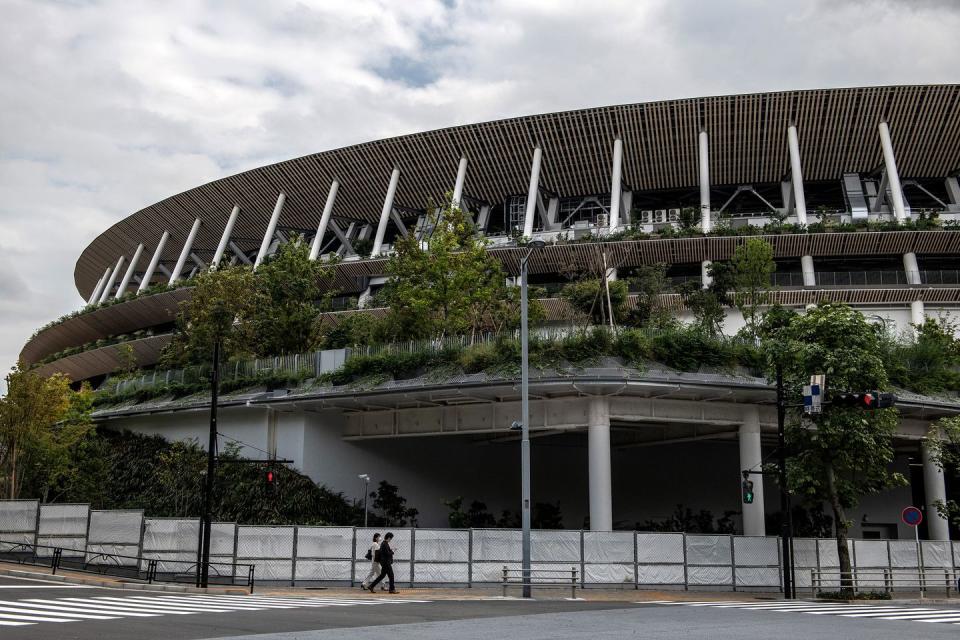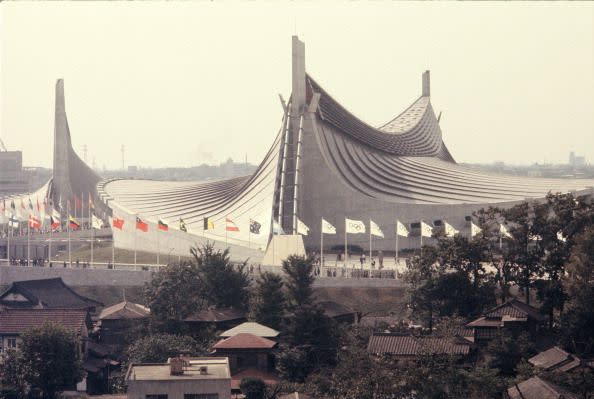Do We Even Need Supersized Olympics Architecture Anymore?

With no more than an unroofed stadium, a few handsome outbuildings, and a pair of austere temples under the shadow of Mount Kronos, the quadrennial Olympics soldiered on well in ancient Greece for about a thousand years. Yet somehow, following its revival in Europe in 1896, the infrastructure surrounding the event became more elaborate. From the notorious Berlin Games of 1936—with its imposing Olympia stadium and swastika-bedecked tower—to the spectacle of the 2008 Olympics in Beijing—featuring the now-iconic “Bird’s Nest” stadium by architects Herzog & de Meuron—the summit of international sport has gone from spartan to supersized.

Theoretically at least, the massive construction budgets that have come to define the games serve an obvious end: to accommodate the swelling crowds who descend upon the host cities from around the world. Which is what makes this year’s Olympics such a peculiar contradiction: After first insisting that the 2020 games would proceed as planned, then postponing them, then reportedly threatening to cancel them altogether, the Japanese government is, at least at press time, planning to set the ceremonial torch ablaze on July 23. It has spent some $26 billion on new facilities, athlete housing, and more, creating an architectural ensemble as impressive as any in recent memory. The only difference? No one, save the Japanese themselves, is going to see it up close. Owing to the COVID-19 pandemic, no foreign visitors are currently allowed in the country.

In one sense, that’s a shame. Among the promising-looking new buildings are such standouts as the Japan National Stadium from architect Kengo Kuma: Described by the designer as “a living tree,” the venue boasts an impressive wooden canopy as well as extensive plantings throughout; its plain-stated organicism is especially remarkable considering the original proposal, an over-the-top (and over-the-budget) scheme from the late Zaha Hadid, which was nixed in 2015. In keeping with the organic theme, the 12,000-seat Ariake Gymnastics Centre makes extensive use of wood, from its arching roof truss to the interior seating to the sloping exterior walls, intended by Nikken Sekkei’s architects as a nod to the peripheral porches of older Japanese buildings. There’s a sprawling Olympic Village—still more wood—and 40-plus other permanent and temporary structures scattered around the city.

The brace of new buildings is all the more significant given that Tokyo, architecturally speaking, has a rather tough act to follow: its own. In 1964, the city hosted its first Olympics while still recovering from the devastation of World War II. The event was “the debut of Tokyo as an international city,” says Yukie Kamiya, director of the Japan Society Gallery in New York. Bold modernist buildings like Kenzo Tange’s Yoyogi National Gymnasium impressed global audiences while endowing the fast-growing capital with much-needed infrastructure. The 2020 building spree, as Kamiya observes, has “a different agenda”—to establish a new pattern for development for Tokyo and elsewhere.
And yet, for all their carbon-reducing, renewably sourced ingenuity, the recently completed facilities underscore the curious contradiction of Olympic architecture. Due to the country’s travel restrictions, it is all but guaranteed that Japan will not recoup its extravagant investment; in that regard, Tokyo will be little different from past hosts, since the Olympics invariably costs more and earns less than anticipated. In 2021, it may be time to think about a more sustainable approach: Smaller attendance targets, venues with long-term functionality, and greater use of existing infrastructure (as Tokyo is already doing with Tange’s gymnasium) can all save money and reduce environmental impact. The games at Olympia were no less impressive for having the same spare fields and palaestrae through the ages. In fact, they probably would’ve looked great on TV.

This story originally appeared in the Summer 2021 issue of ELLE DECOR. SUBSCRIBE
You Might Also Like

 Yahoo Sport
Yahoo Sport 





































